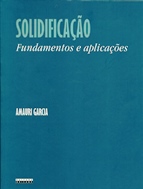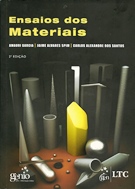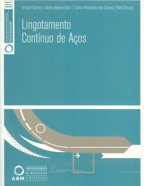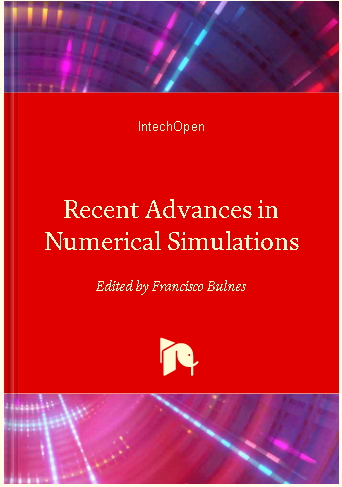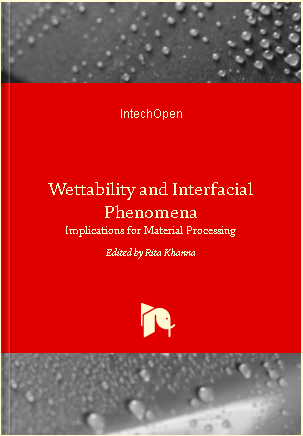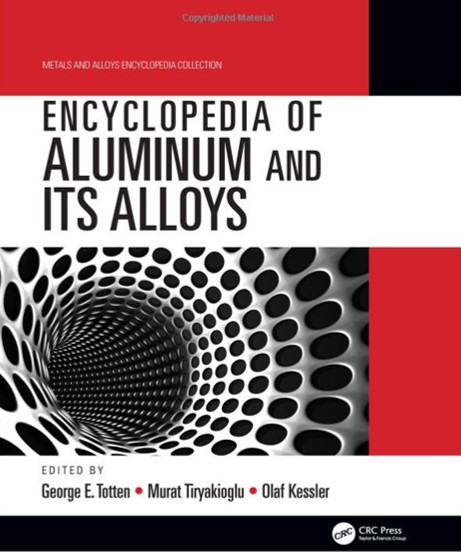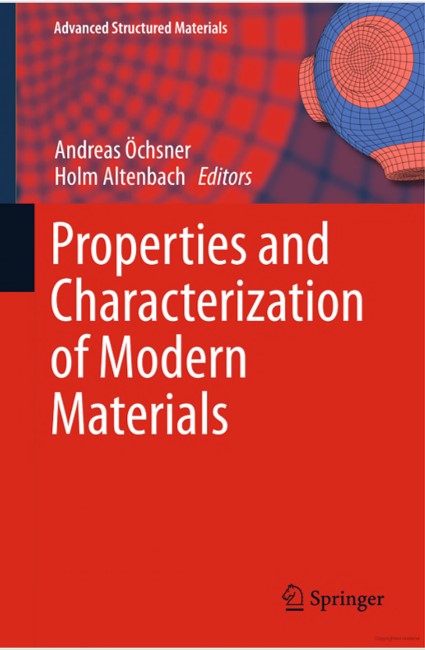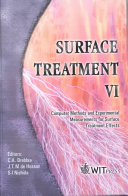Solidificação: Fundamentos e Aplicações
|
Autor: Amauri Garcia. |
Ensaio dos Materiais
|
Autores: Amauri Garcia, Jaime Alvares Spim, Carlos Alexandre dos Santos. |
Lingotamento Contínuo de Aços
|
Autores: Amauri Garcia, Jaime Alvares Spim, Carlos Alexandre dos Santos, Noé Cheung. |
Capítulos de Livros
|
Tìtulo: On the Determination of Molar Heat Capacity of Transition Elements: From the Absolute Zero to the Melting Point |
|
Tìtulo: Dependence of Surface Tension and Viscosity on Temperature in Multicomponent Alloys |
|
Tìtulo: Hypoeutectic Al Fe Alloys: Formation and Characterization of Intermetallics by Dissolution of the Al Matrix |
|
Tìtulo: Primary Dendrite ARM Spacing Effects upon Mechanical Properties of an AL 3Wt%CU 1Wt%LI Alloy |
|
Tìtulo: Numerical simulation and microstructural investigation of an aluminum-copper alloy processed by laser surface remelting |

